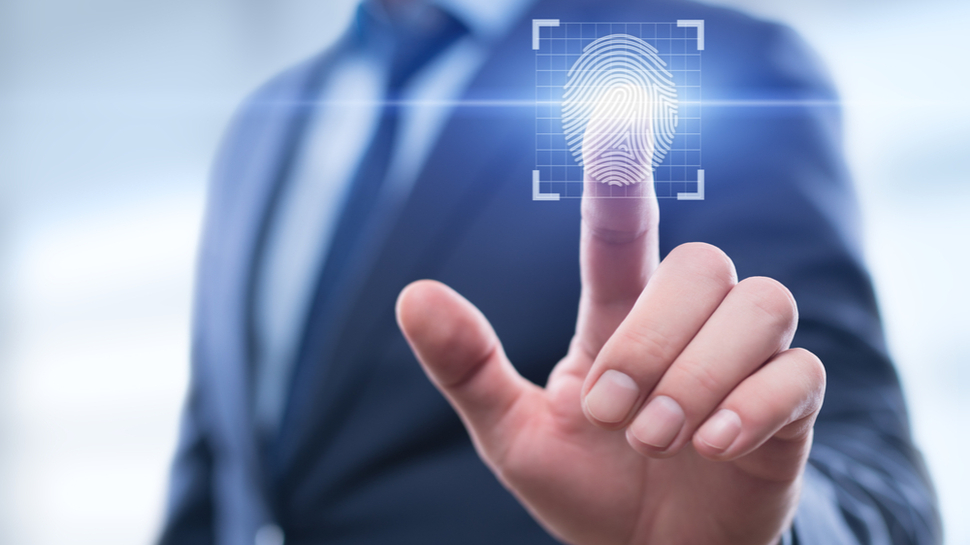Infusing public trust in biometric authentication
Why it's important to make biometrics inclusive to all

Biometric technology has revolutionized how we authenticate our identities when accessing essential services. Whether it’s to open a bank account or to access healthcare facilities, users today are required to go through multiple methods of verification, which bolsters security and ensures authorized access.
However, the preferred method of biometrics is not unanimous among every user. From privacy concerns to religious or cultural restrictions, biometrics can become a hurdle for some users, and it may be the key setback to widespread biometric adoption.
However, biometrics is the future of authentication, and it increasingly influences our daily lives. Sabrina Gross, Regional Director of Strategic Partners at Veridas, delves into the benefits of biometric technology and how we can make it inclusive to all.
Why is biometric authentication important?
Organizations are starting to realize that traditional means of verification, such as passwords and security questions, no longer provide sufficient barriers against cyber adversaries. Nearly 74% of all breaches today involve the human element, which includes social engineering attacks compromising passwords and login credentials.
However, biometric data is linked to a physical identity which is unique to each individual, and therefore significantly harder for threat actors to exploit. That’s why biometric authentication is more secure and convenient, as users don’t have to remember long strings of text, all you need is your face or voice.
The benefits of biometric technology extend beyond security, bringing efficiency and confidence to verification processes. For example, facial recognition significantly reduces airport queue times, improving the boarding experience.
Regional Director of Strategic Partners at Veridas.
Why does picking the right biometric solution matter?
There are a range of different scenarios and environments where different biometric technologies thrive. For instance, in loud environments, facial recognition excels. However, facial biometrics may not be suitable for those who have cultural or religious practices against it. Likewise, not all customers are comfortable using it. Additionally, fingerprint biometrics might not be a suitable solution as it requires specialized equipment or not be suitable for health and safety reasons.
Sign up to the TechRadar Pro newsletter to get all the top news, opinion, features and guidance your business needs to succeed!
Therefore, voice biometrics emerges as a standout alternative solution in providing seamless and secure authentication. Voice biometrics doesn’t require specialized equipment or technology — a mere landline suffices, making it accessible to older generations who might not necessarily have a mobile phone or internet connection. Moreover, voice authentication can be carried out passively, reducing friction and making the process more user-friendly.
When it comes to biometric, choice is absolutely essential – remember that true inclusivity means the freedom of choice. This flexibility removes layers of bias and potential discrimination. Organizations should offer multiple identification verification options for users, which are appropriate for different circumstances.
Whilst voice authentication is a great solution, it’s not about picking one over the other. Rather, it's about integrating different biometric methods together to provide a truly robust, secure, and inclusive authentication experience. Multiple options not only serve to include a larger user base but also actively encourage adoption. Customers are more likely to opt for biometric verification if they find a method that aligns with their comfort and convenience.
What should be considered when businesses integrate biometric technology?
Implementing biometrics into existing security frameworks should be a carefully calibrated process. The key is to find a balance between robust security and ease of use. Everyone, from tech-savvy millennials to senior citizens, should be able to access biometric services easily.
Organizations should opt for providers that offer multiple forms of biometric verification. This simplifies the process of integration and ensures a more unified security posture. It's beneficial to select providers that have undergone rigorous independent assessments, like evaluations by the National Institute of Standards and Technology (NIST), to guarantee both effectiveness and reliability.
There is still a level of suspicion and misinformation around biometrics from the general public. By having biometric technology which is built on compliance with legal, technical, and ethical standards, there will be greater trust and confidence from the general public towards a world of biometrics.
From a technical standpoint, biometric solutions should be layered onto existing security protocols without necessitating an entire overhaul. So, businesses should invest in solutions that provide easy integration and leverage advanced capabilities like AI and machine learning.
Finally, transparency plays a crucial role in public adoption. Organizations must be forthright about how voice data is collected, stored, and utilized. This is not just a technical integration but also a process that requires building trust with users, which is essential for the successful implementation of any biometric technology.
Overall, biometrics technology can serve as a transformative tool for businesses seeking to provide their users with secure, convenient, and frictionless access to their products and services. But the true effectiveness of biometrics only becomes evident when it’s made adoptable by every user, regardless of their cultural, religious, or personal preferences.
Sabrina Gross is Regional Director of Strategic Partners at Veridas.